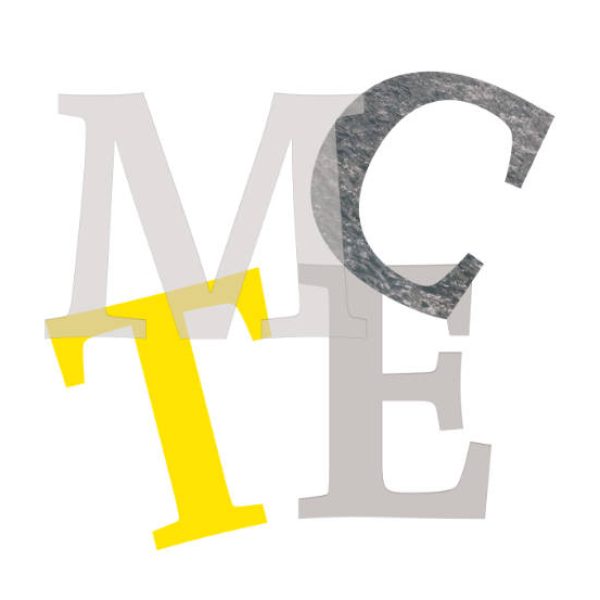Moving Cultures, Transcultural Encounters
Thursday 4 July 2024, 4-6pm, IG 1.314 (Eisenhower room), Campus Westend, Goethe University Frankfurt, and on Zoom
This lecture is part of the Forum of Global Anglophone Literatures and Cultures
This guest lecture will also take place on Zoom. To join on us Zoom, please use the following details:
Meeting ID: 629 9728 6450
Passcode: 776261

The Mad Max franchise has a tense relationship with the geophysical and atmospheric contingencies of far west New South Wales, Australia. In 2011, Mad Max: Fury Road was set to film in the region, taking advantage of the area’s known vast arid “outback” plains. However, production was suddenly halted due to recent rainfall in the region. The location had become ‘too green’ to conform to the apocalyptic stylings of Mad Max. The film was delayed, and eventually ended up being relocated to Namibia, Africa. While the region not being arid enough to perform its duty as a Mad Max location was widely publicised, what is lesser known is that the region has struggled with producing the apocalyptic aesthetic of the films since the 1980s.
This talk unearths 40 years of Mad Max related histories within this region, including production and industry details of Mad Max 2 (1981), Fury Road (2015), and Furiosa (2024) – all (almost) shot on location in far west NSW. Not considering landscape as merely a setting, I situate on-location filmmaking as an industrial practice, asking how the geophysical spaces of this region in Australia have been critical as ‘co-producers’ in Australia’s film history, alongside humans and political economies. Tracking histories of high rainfall and the related boom of plant growth in this regional arid zone alongside film production, I find that it remains a common production strategy within the region to physically intervene into the geophysical environment. In this way, I find that the film’s location shapes Mad Max’s aesthetic, but in turn, that film production also shapes the region’s environmental spaces.
Drawing from Australian transnational film histories, environmental humanities, media infrastructures and media industry research, this talk forwards a methodology for thinking about Australia’s film history and contemporary industry as deeply comingled with the environment.
Bio note
Melanie Ashe’s research explores how resource extraction and management has shaped the Australian moving image and its surrounding industry and cultures, focusing on the region around Broken Hill as a case study. Her research is part of the Australian Research Council funded project,‘Remaking the Australian Environment Through Documentary Film and Television’. Previously, she worked in Environmental Communications before completing her Masters in Film Studies at Concordia University in Montreal.


